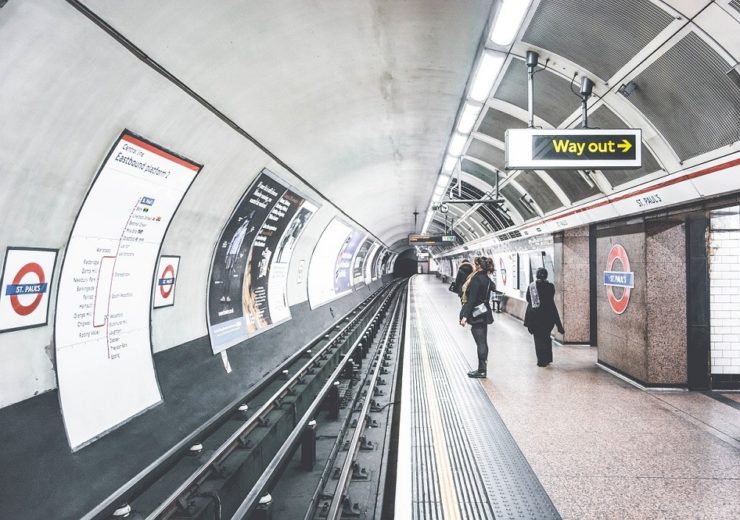Following a successful trial in 2016, Transport for London will begin using Wi-Fi data to help alert customers about delays and ease congestion in tube stations

Passengers on the London Underground will soon be able to access 4G on their commute (Credit: Pixabay)
During a four-week pilot in 2016, Transport for London (TfL) collected half a billion pieces of anonymised Wi-Fi data from 5.6 million devices.
From 8 July this year, location information from any mobile device attempting to connect to the London Underground’s 260 Wi-Fi hotspots will be collected by TfL to help it construct a more accurate map of how customers use its services.
The tube network is a complex system of interconnected lines with customers often able to take several routes to their chosen destination.
Commuters travelling between King’s Cross and Waterloo can take 18 different routes to get to their destination.
Benefits of Transport for London using Wi-Fi to collect data
TfL currently collects data on customers entering and exiting the tube system when they tap in with an Oyster card or contactless card.
But, by harvesting data from travellers’ Wi-Fi-enabled devices while they are on the Underground, TfL can get more accurate information on how people use the tube in between stops.
Lauren Sager Weinstein, chief data officer at TfL, said: “The benefits this new depersonalised data set could unlock across our network—from providing customers with better alerts about overcrowding, to helping station staff have a better understanding of the network in near-real time — are enormous.
“By better understanding overall patterns and flows, we can provide better information to our customers and help us plan and operate our transport network more effectively for all.”

The public transport provider claims the additional data will provide more accurate insights to help it warn customers to avoid overcrowded stations and give advanced warnings of congested routes.
Other uses of the data could inform pricing for advertising boards, with busier stations featuring costlier advertising estate.
TfL says this will improve commercial revenue, which can then be reinvested back into the transport network.
How does Transport for London anonymises Wi-Fi data
The local government body was keen to stress that all data was depersonalised before being collected.
Every time a commuter’s phone attempts to connect to a Wi-Fi signal it sends out a unique identifier – known as a media access control (MAC) address – to request access to the network.
But TfL claims it will never share individual customer data and individuals will not be able to be personally identifiable.
Ms Weinstein added: “While I am excited about the potential of this new data set, I am equally mindful of the responsibility that comes with it.
“We take our customers’ privacy extremely seriously and will not identify individuals from the Wi-Fi data collected.
“Transparency, privacy and ethics need to be at the forefront of data work in society and we recognise the trust that our customers place in us, and safeguarding our customers’ data is absolutely fundamental.”
The data will mostly be used by its analytics team but some of the crowd data will be open for other app developers, such as Google Maps, to use.
TfL said it has worked closely with the Information Commissioner’s Office – which informs public bodies on data protection and information rights – during the trial and ahead of the full roll-out “to ensure privacy concerns and transparency were actively considered and addressed”.
Signs throughout London Underground will inform customers of the changes.
However, the only way to ensure that Wi-Fi data is not collected by TfL is to switch it off.


